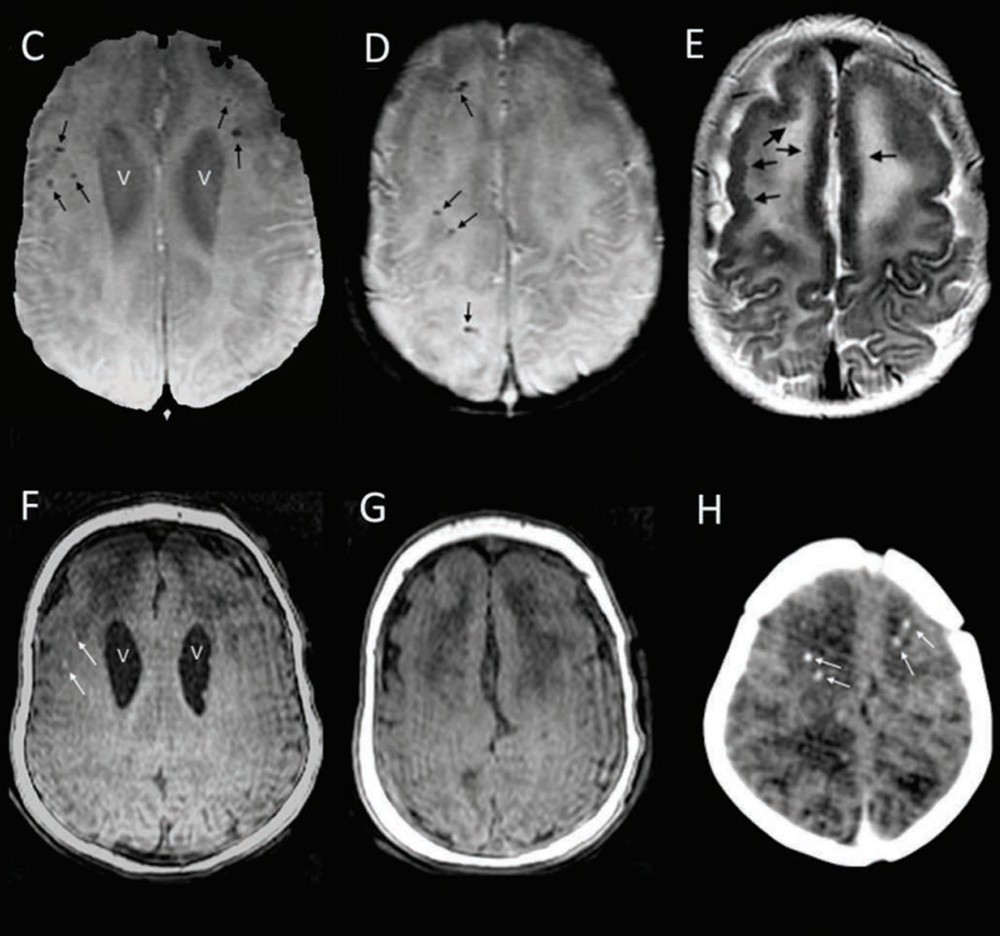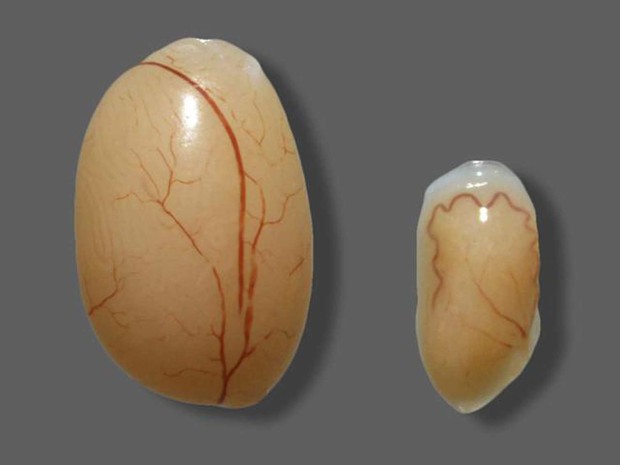Fifth meeting of the Emergency Committee under the International Health Regulations (2005) regarding microcephaly, other neurological disorders and Zika virus
The Public Health Emergency of International Concern (PHEIC) declared by the Director-General of WHO has led the world to an urgent and coordinated response, providing the understanding that Zika virus infection and associated consequences represent a highly significant long-term problem that must be managed by WHO, States Parties and other partners in a way that other infectious disease threats are managed.
The EC originally recommended a PHEIC in February 2016 on the basis of an extraordinary cluster of microcephaly and other neurological disorders reported in Brazil, following a similar cluster in French Polynesia and geographic and temporal association with Zika virus infection which required urgent and coordinated and research. Because research has now demonstrated the link between Zika virus infection and microcephaly, the EC felt that a robust longer-term technical mechanism was now required to manage the global response.
As a result, the EC felt that Zika virus and associated consequences remain a significant enduring public health challenge requiring intense action but no longer represent a PHEIC as defined under the IHR. Many aspects of this disease and associated consequences still remain to be understood, but this can best be done through sustained research. The EC recommended that this should be escalated into a sustained programme of work with dedicated resources to address the long-term nature of the disease and its associated consequences.
The Committee reviewed the recommendations made at its previous meetings and agreed that WHO and partners had systematically addressed their advice. Furthermore, the EC reviewed and agreed to the WHO Zika transition plan outlined to establish the longer-term response mechanism which delivers the strategic objectives already identified in the Zika Strategic Response Plan.
Based on this advice, the Director-General declared the end of the Public Health Emergency of International Concern (PHEIC). The Director-General reissued the Temporary Recommendations from the previous meetings of the Committee which will be incorporated into the longer-term response mechanism. The Director-General thanked the Committee Members and Advisors for their advice over the past year.

















